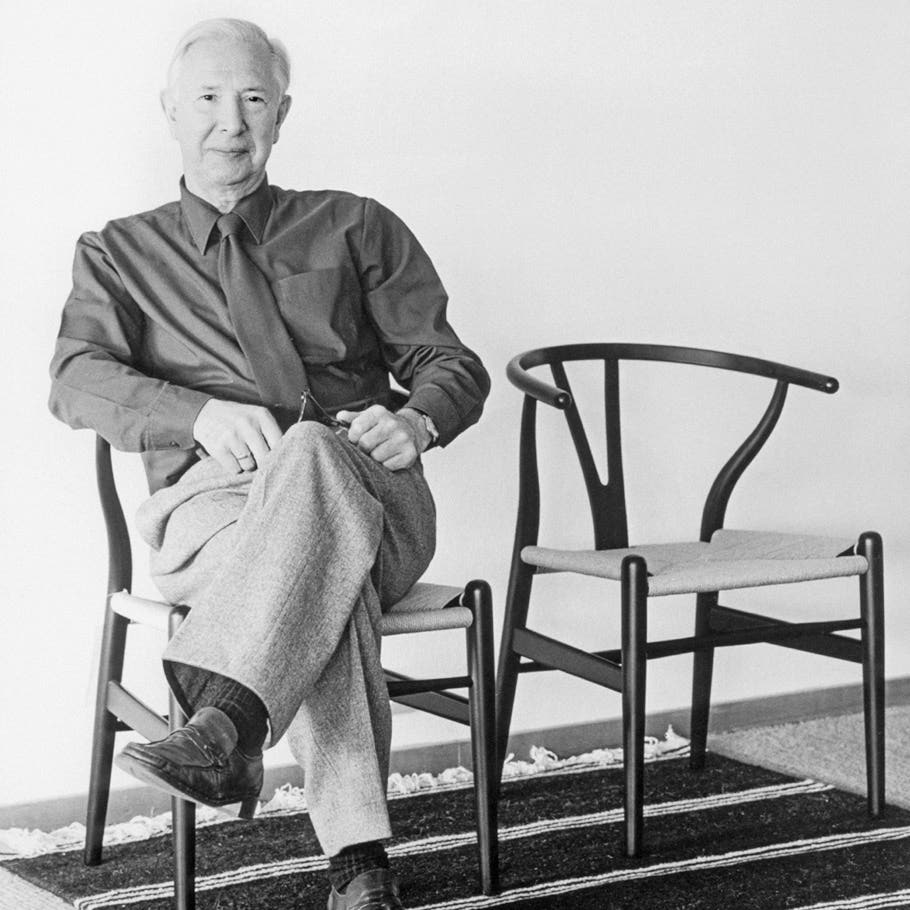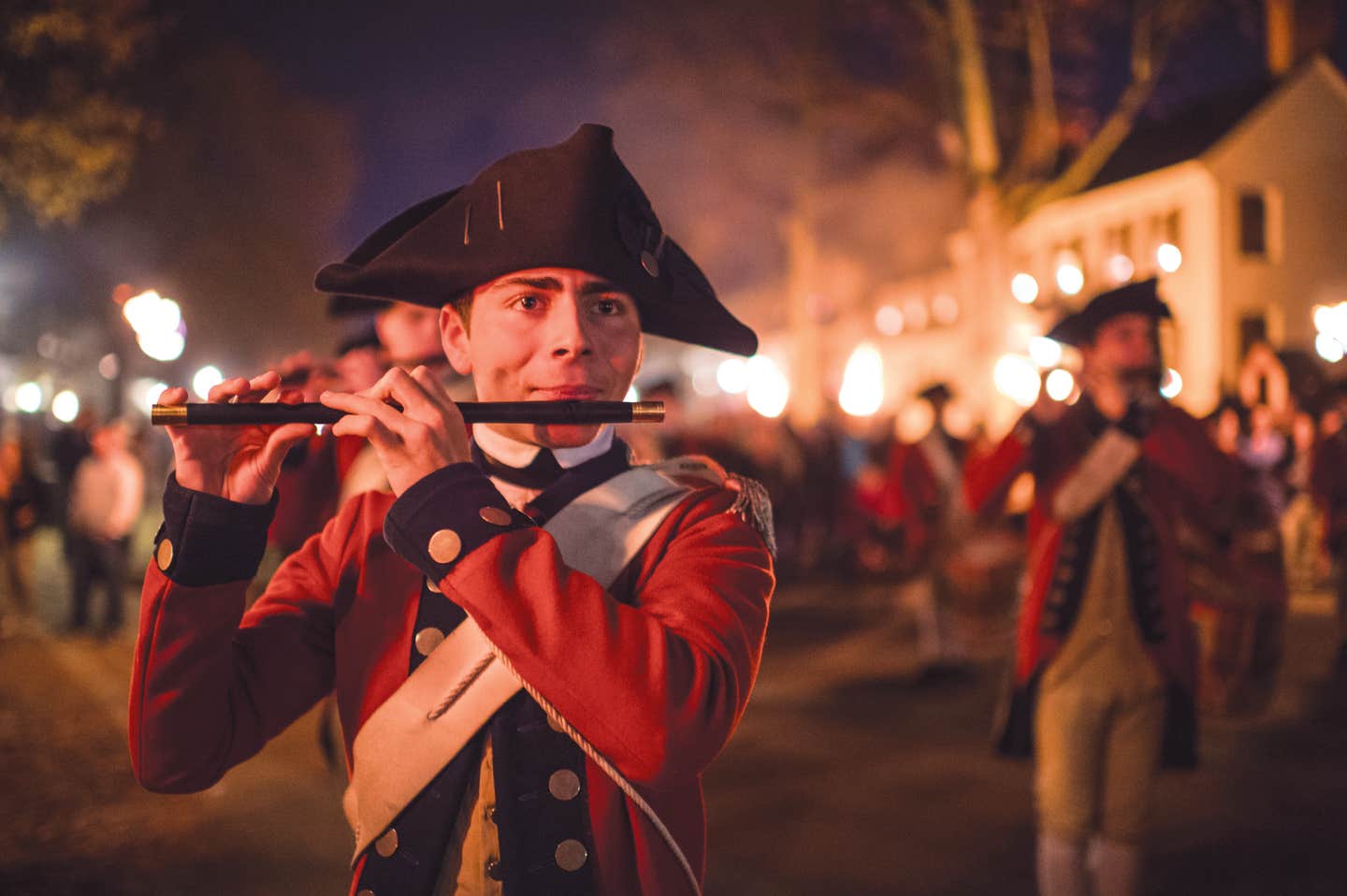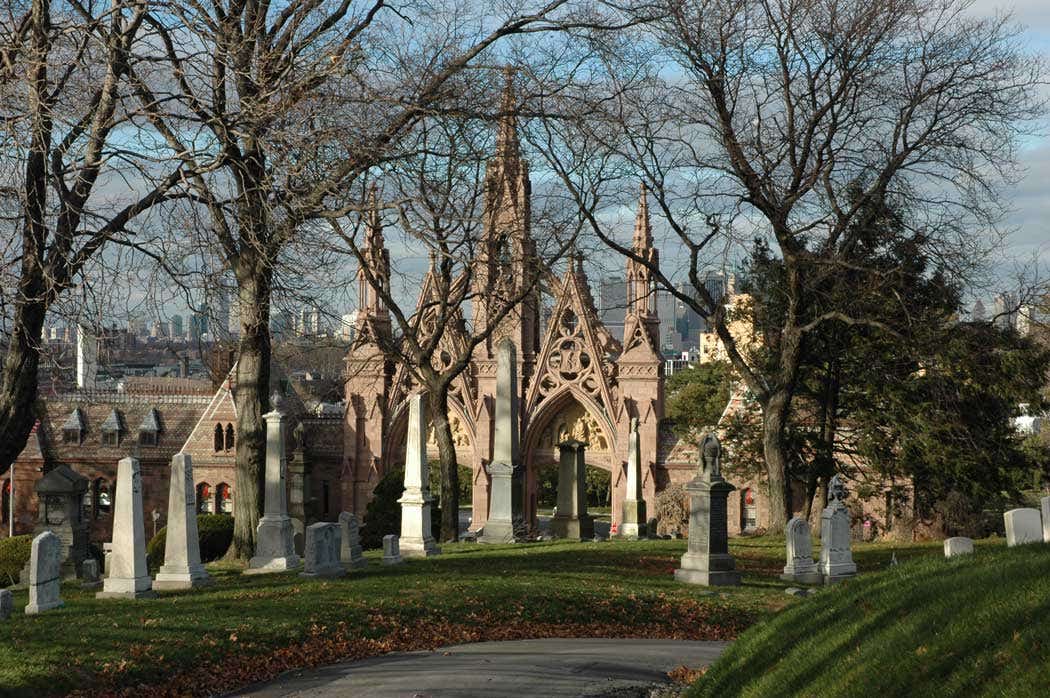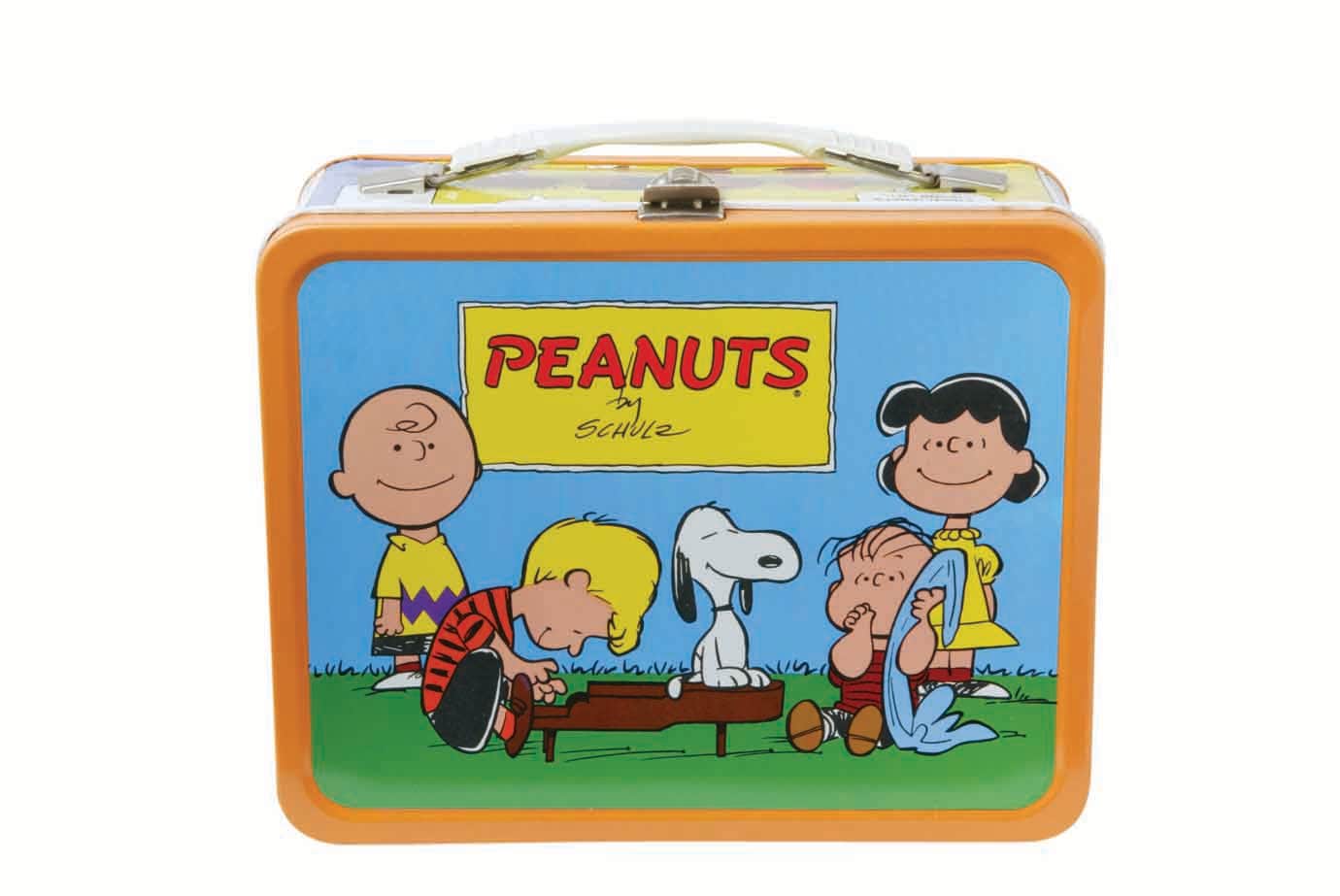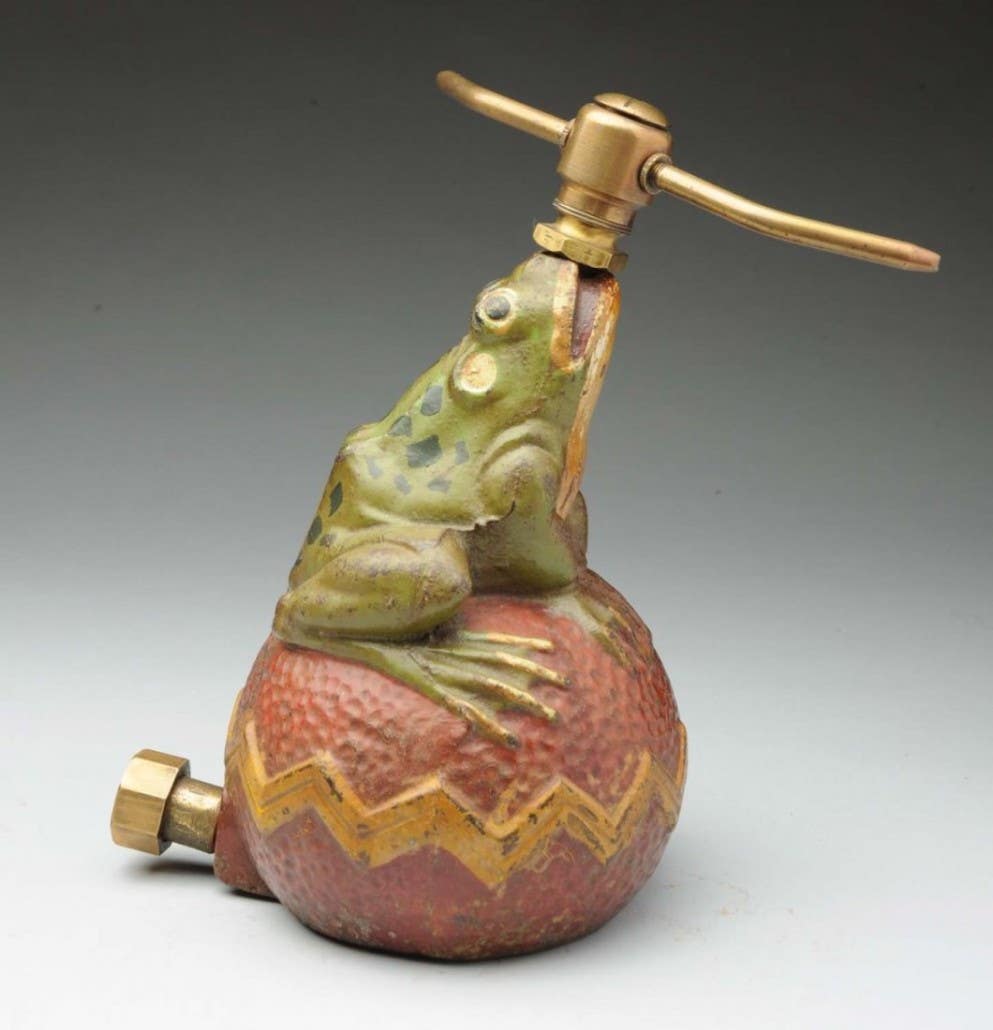Fire Marks: Discovering fact among myth
In a recent article Robert M. Shea, CPU, representative of the Fire Mark Circle of America, explains the purpose of fire marks and dispels the myriad of myths.
By Robert M. Shea, CPCU
Fire Mark Circle of the Americas
Everyone loves a good story. The modern literature on American fire marks contains one or more of the following ideas to enliven the story:
• The volunteer fire company would not fight a fire unless there was a fire mark on the burning building.
— The volunteer fire company received a reward from the insurance company whose fire mark was on the burning building.
• The use of fire marks diminished because of the institution of paid municipal fire departments.
Like most stories, the above points are more fiction than fact - more hype than history. But, what are the facts and what was the purpose of fire marks in America?
MYTH: No fire mark, no firefighting company
The misconception that volunteer fire companies put out fires only on buildings that displayed a fire mark arises from the fact that some articles on fire marks do not make a distinction between the English and American relationship to fire marks.
The English fire insurance companies employed their own fire brigades, which only fought fires on properties identified by their employers’ fire mark or badge.
In America, the volunteer fire companies were in existence before the first fire insurance company was organized. They fought fires whether or not a building displayed a fire mark. Research shows that it is only in the 20th century when the idea first appears that a volunteer fire company would not fight a fire if there were no fire mark. Some examples from Philadelphia include:
When the fire alarm sounded “all of the fire companies would respond, but only the company whose house mark appeared on the house in danger fought the flames.”¹
Twisted Facts About Fire Marks
“If a piece of property bore no Fire Mark the gallant volunteers more often than not quickly left, for then as now, there was no small profit in gratuitous acts of benevolence.”²
“If no insurance fire mark was seen the free-lancers [volunteers] would often declare a false alarm and calmly walk away from the scene…”³
None of these stories about early Philadelphia are true. There are no primary sources which indicate that volunteer fire companies would not fight a fire unless the property was insured and had a fire mark. To this day, writers repeat and embellish these stories with the result that readers, while entertained, are misinformed about the early volunteers.
The reality is that volunteer fire companies were prominent social organizations and membership was an honor. Having made their case for funding by proclaiming their work in the public interest, it seems unlikely they would disregard any fire. Had this occurred, the hue and cry of the insurance industry and the public would certainly have been noted.
Fire marks as ‘reward’ signs - fact or fiction?
While not going so far as to say that a volunteer company would not fight a fire unless there was a
fire mark on a burning building, most modern literature does claim that the volunteer company would receive a reward or payment from the insurance company whose mark was on the building. The idea of a fire mark as a “reward” sign fits nicely with the natural rivalry of the volunteers. Certainly, volunteer fire companies raced each other to be the first to “play” water on a fire. Fire literature is replete with the intense rivalry and competition between engine companies. It was a matter of great status to be first at a fire.
I did find two insurance companies that make reference for a reward to the first volunteer fire company at a property it insured. One was in a short history of Philadelphia's Mutual Fire Insurance Company of Germantown. Long before it issued a fire mark in 1926 to commemorate the nation’s Sesquicentennial, the insurer gave three dollars to the first company on the scene of a building it insured.8 The second was in “The Hartford of Hartford” in which the author says, “for many years it was apparently company policy to pay five dollars to whatever engine company first reached a fire with its equipment in working order.” 9
Exploration Dispels Long-Held Beliefs
My research has found that rewards did not occur in Baltimore and Philadelphia, where many insurance companies issued fire marks. In addition, the minute books of the Trenton, NJ volunteer fire companies from approximately 1842 to 1872 show that some, but not all, insurance companies writing business in Trenton paid an “insurance premium” to the volunteer fire company that had “first water” on an insured property. While these minute books show there was rivalry between the companies, there was none of the riots portrayed in firefighting literature.
There is no reference to a fire mark in any minutes of the Trenton volunteers. Besides, not all the insurers, who paid an insurance premium, issued a fire mark. Conversely, not all companies that issued fire marks, such as the Hartford Fire and Aetna, paid an insurance premium. This leads to the conclusion that in Trenton there is no connection between fire marks and rewards or “insurance premiums.”
Without any documentation to support the notion of a connection between fire marks and rewards or “insurance premiums,” the first modern reference to the idea of payment to the volunteers is found in a 1933 Insurance Company of North America publication: “volunteer companies were formed on a purely free-lance basis, putting out whatever fires they were able and depending on the bounty of the owners.” The same article continues, “the Fire Mark stood as a guarantee to all fire brigades that the insurance company which insured the house in question would reward handsomely the brigade extinguishing the blaze on the premises.” While not naming any city, the article continues,
“Stimulated by higher and more certain compensation, competition among the fire brigades waxed hot, soon reaching a stage of bloody noses and blackened eyes.” 10
Tall Tales
This is good stuff; too bad it isn’t true.
In a 1936 address to the Fire Underwriters Association of the Pacific, Elmer W. Bonstin stated, “in America ...it was the thought in back of the use of marks here that they would pay special attention to fire-marked buildings in anticipation of a substantial reward being paid to them by the insurance company.”11 Almost every subsequent article on fire marks has repeated the idea of fire marks as reward signs.
The reality is that the cash books of a number of Philadelphia volunteer fire companies list irregular annual donations in the same amount from the American Fire Insurance Company, the Franklin Fire Insurance Company and the Philadelphia Contributionship, but no reference to payments for particular fires.
To say the winner collected a monetary reward from the insurance company puts a whole different spin on what was going on. The fact that the Trenton volunteers collected a $5 reward from some insurance companies does not reflect on the public-spirited volunteers throughout America, and Trenton, who purchased their own equipment and hazarded their lives to protect the public. Such famous volunteers as George Washington, Alexander Hamilton, John Hancock, Samuel Adams, and countless others, would certainly take exception that their efforts are so described.
Editor’s Note: Look to a future issue of Antique Trader for the discussion of fire marks in 18th century Philadelphia by Fire Mark Circle of the Americas member Robert M. Shea.




